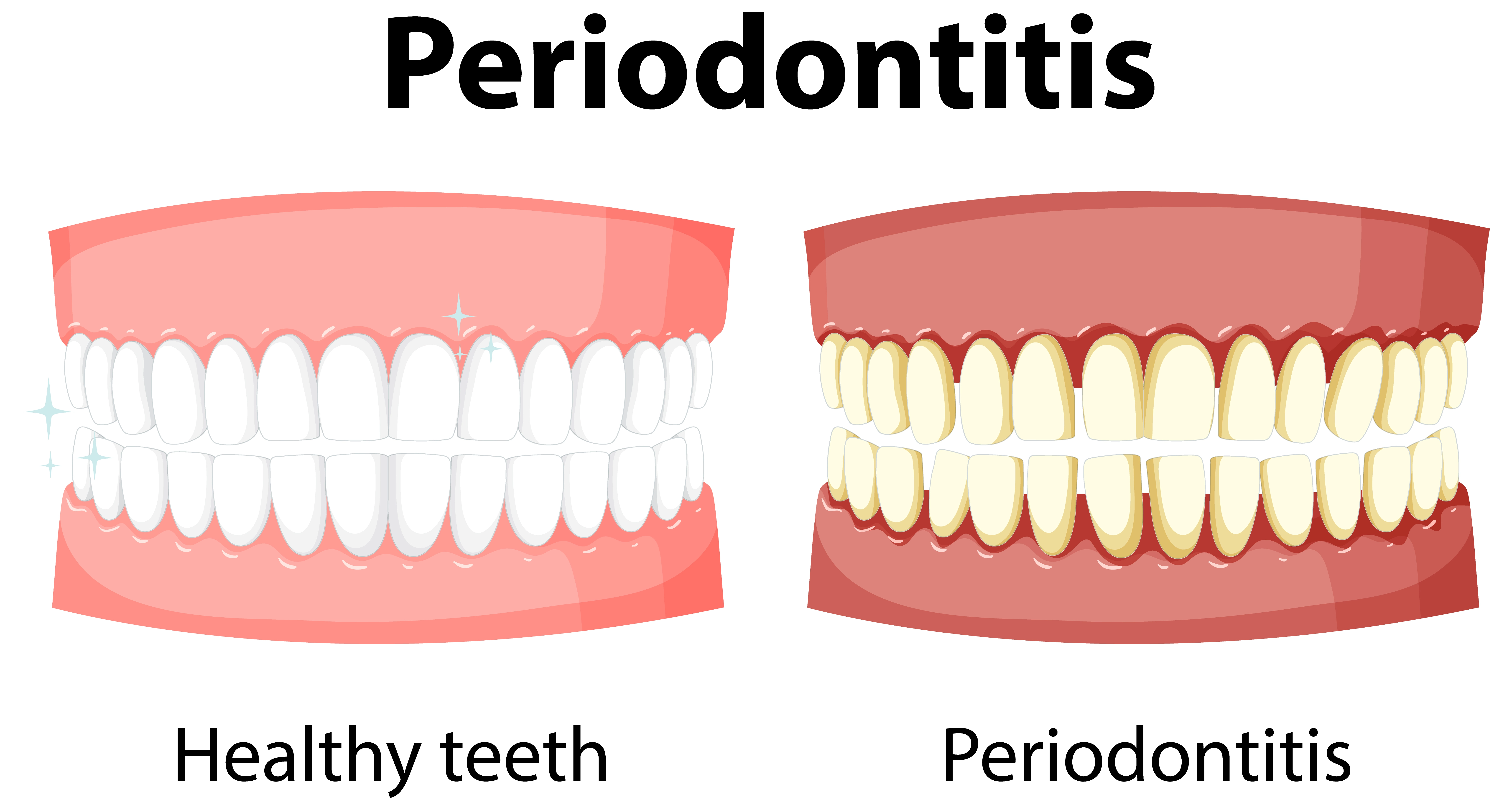What is Periodontitis?

Other News in the News Category
Hornsby and West Ryde Dental clinic24 June 2024
Good Morning Dental Clinic Promotion30 June 2024
What is Periodontitis?02 July 2024
Why Dental Scaling is Essential?12 July 2024
Myths and Misconceptions20 July 2024
Post-Extraction and Dental Implant Care20 Aug 2024
Understanding Baby Teeth vs Adult Teeth21 Aug 2024
Why Regular Dental Visits Are Essential25 Aug 2024




